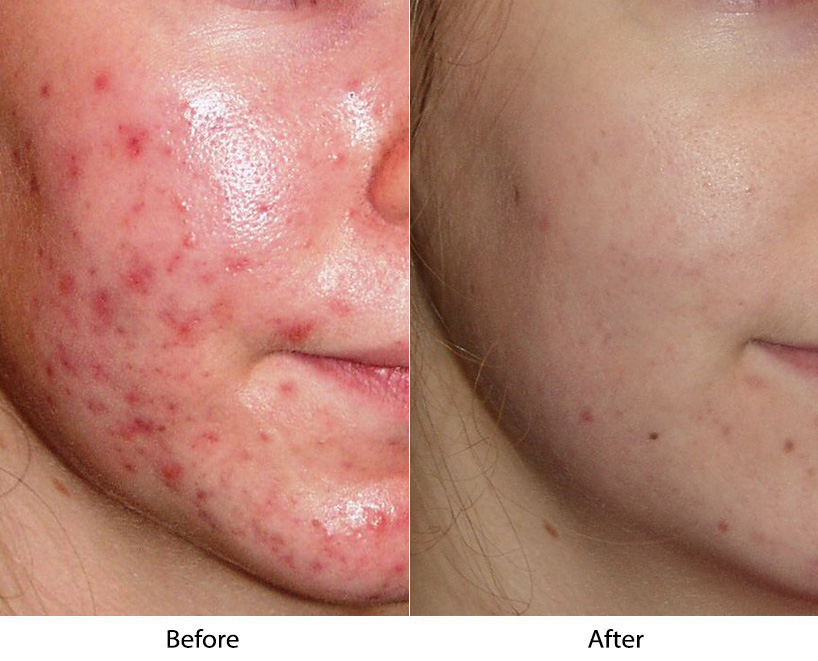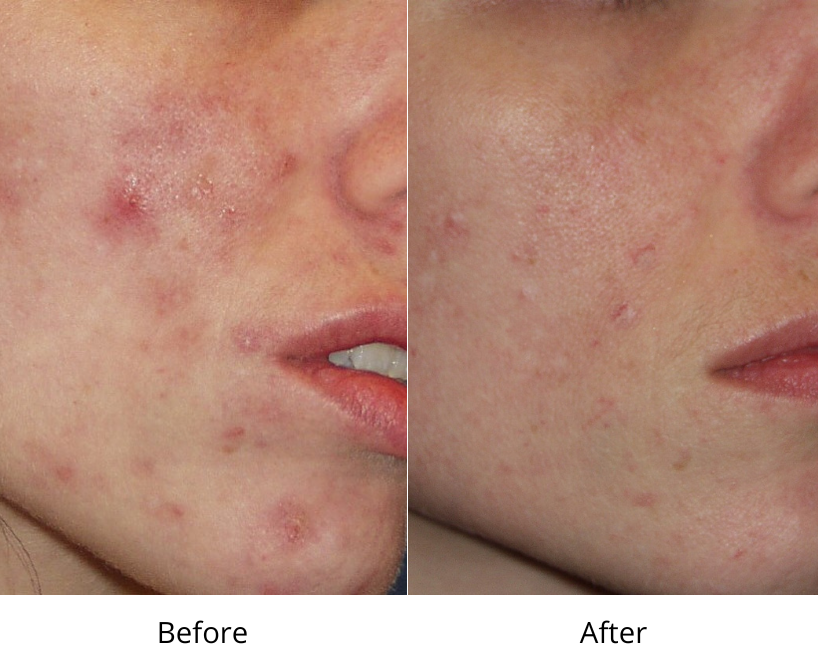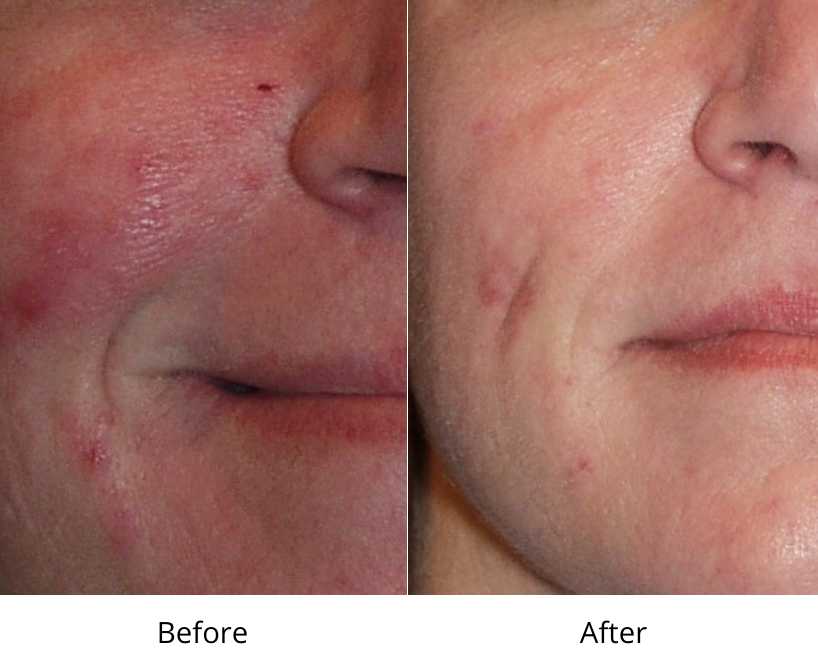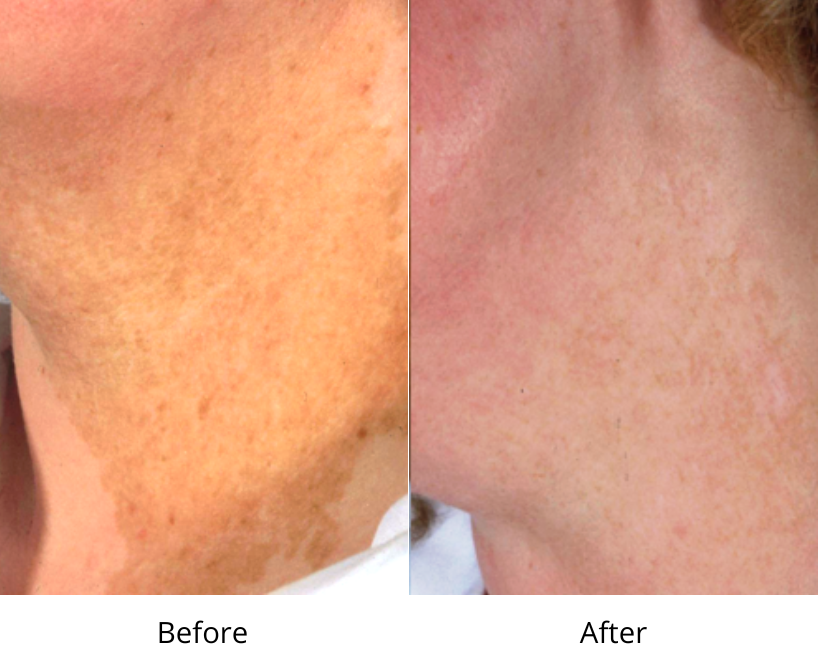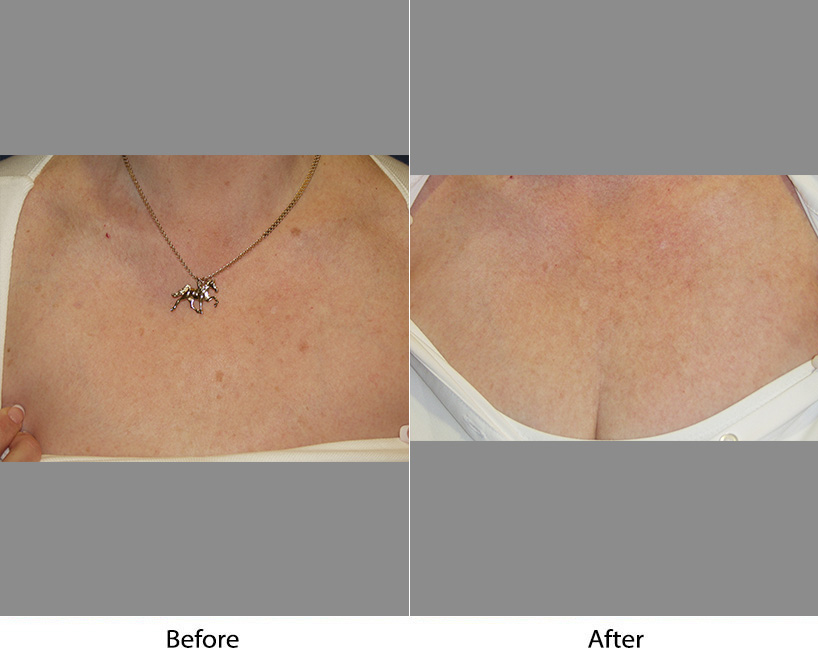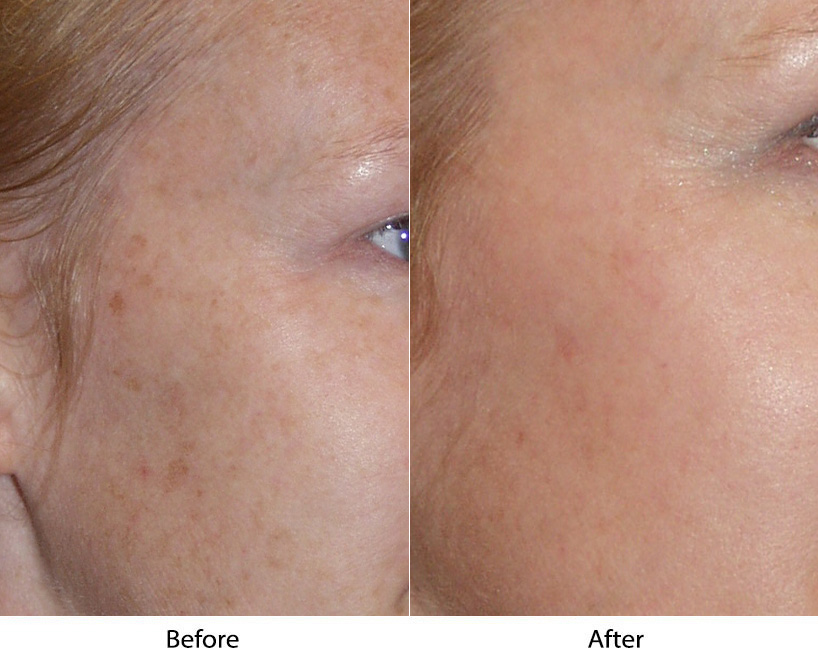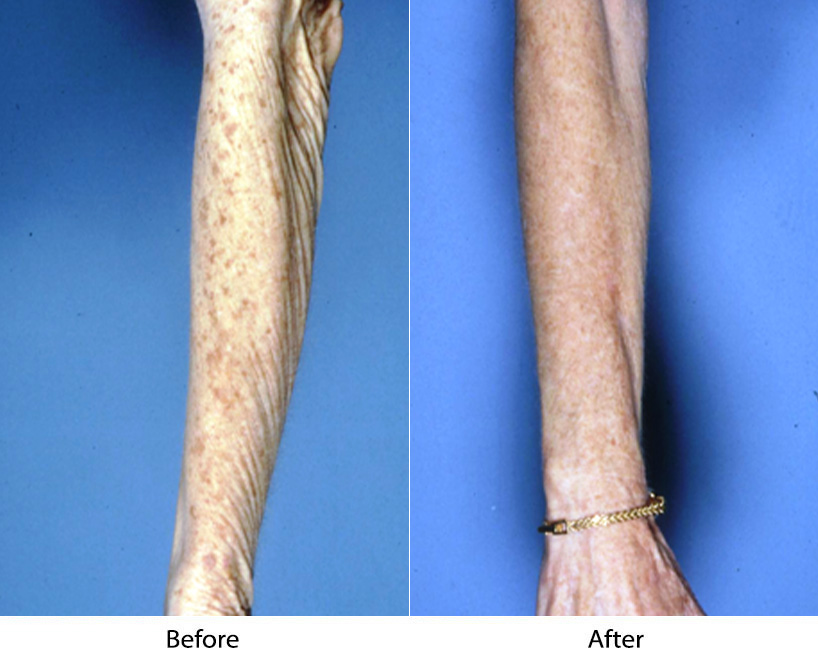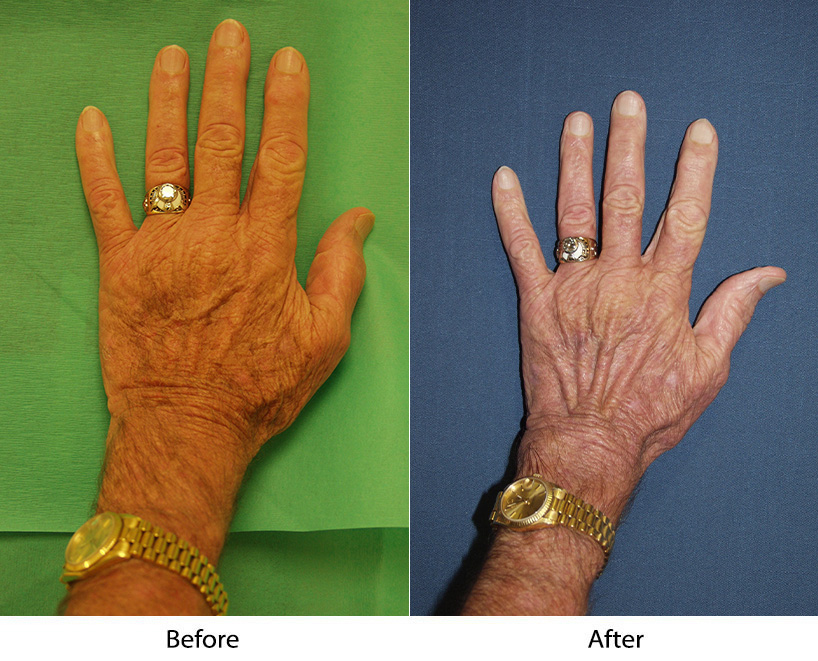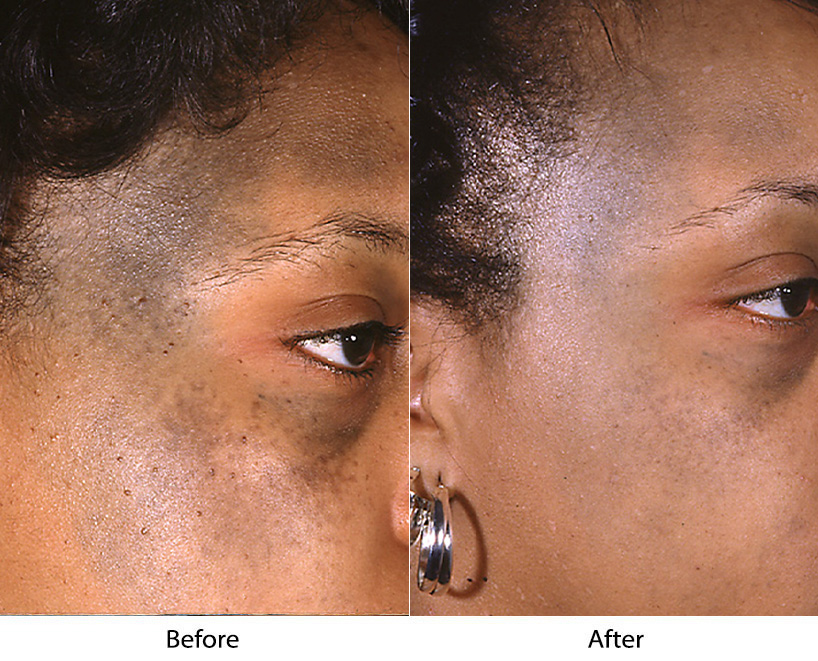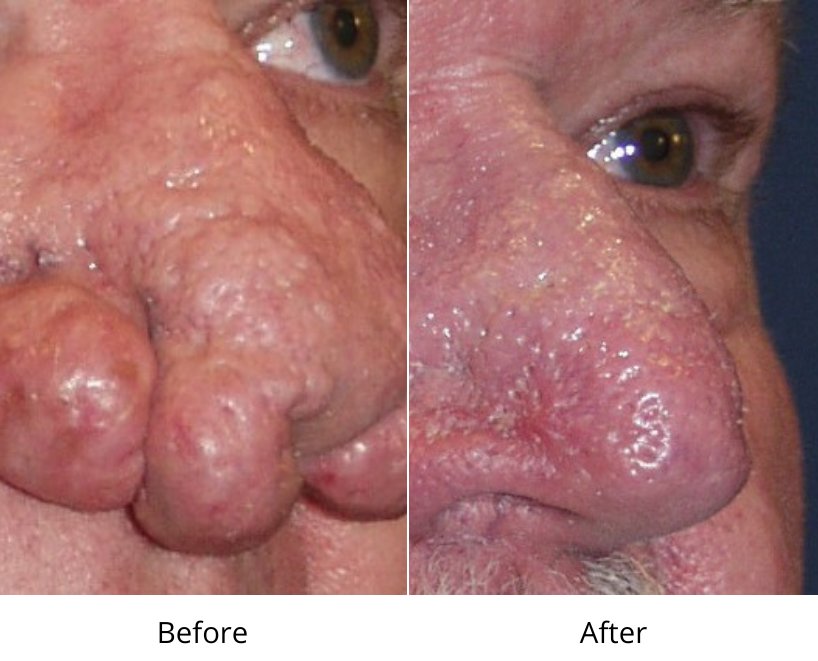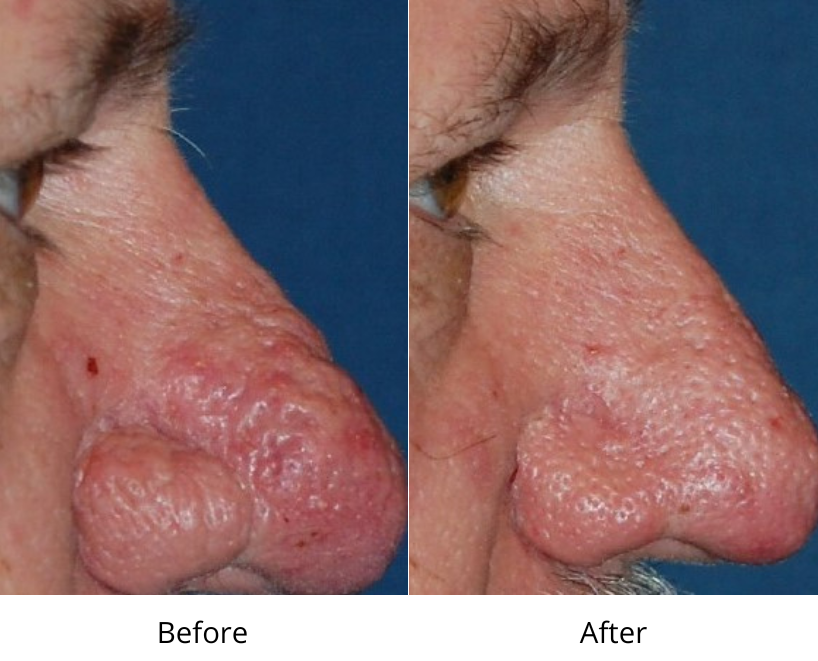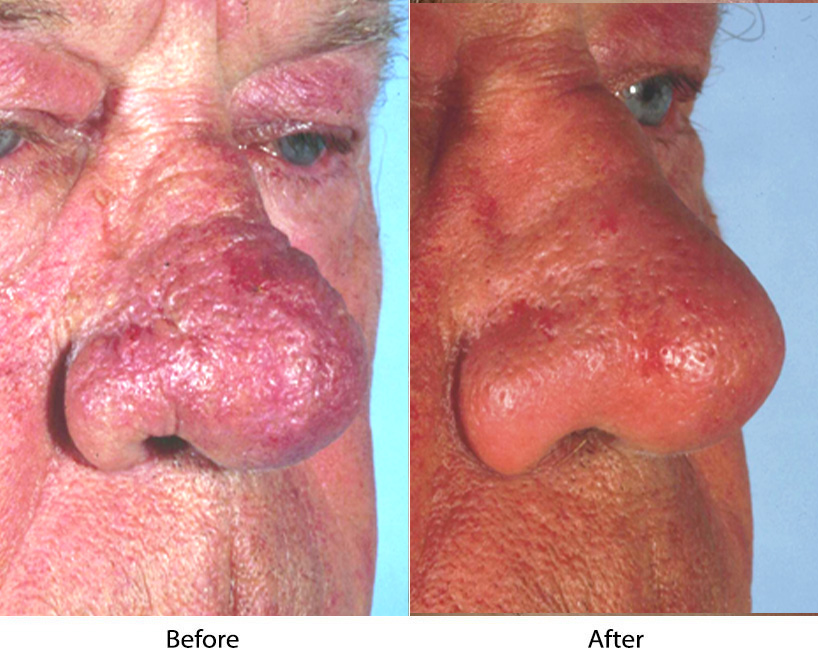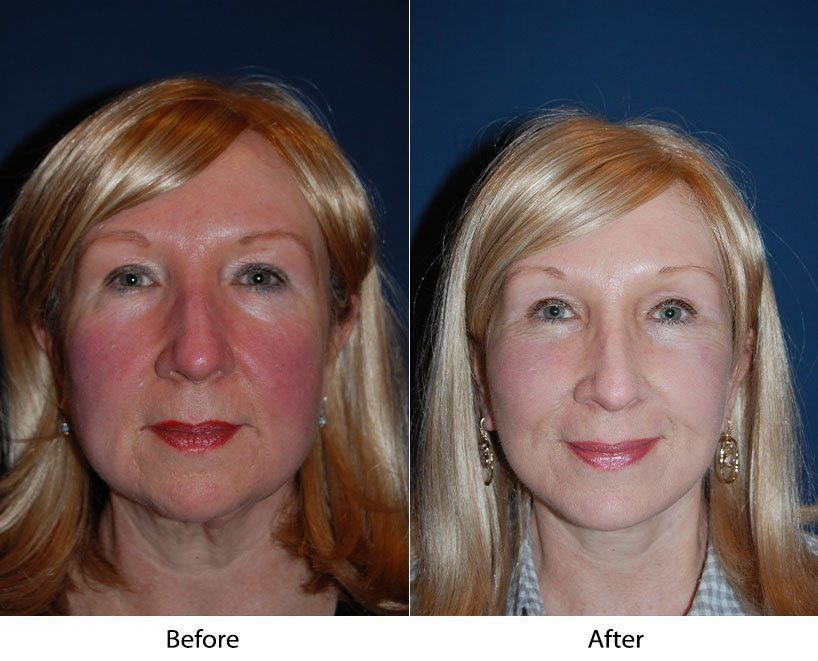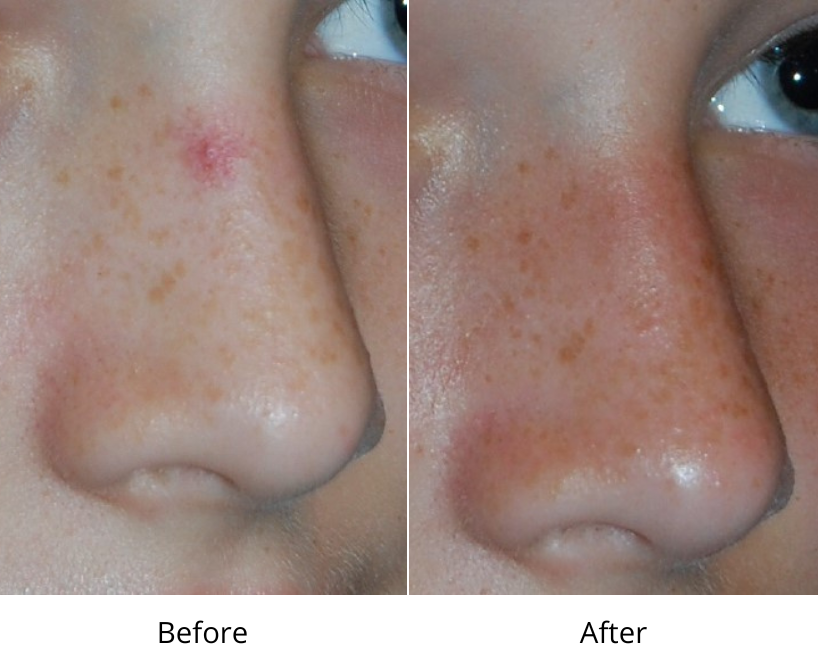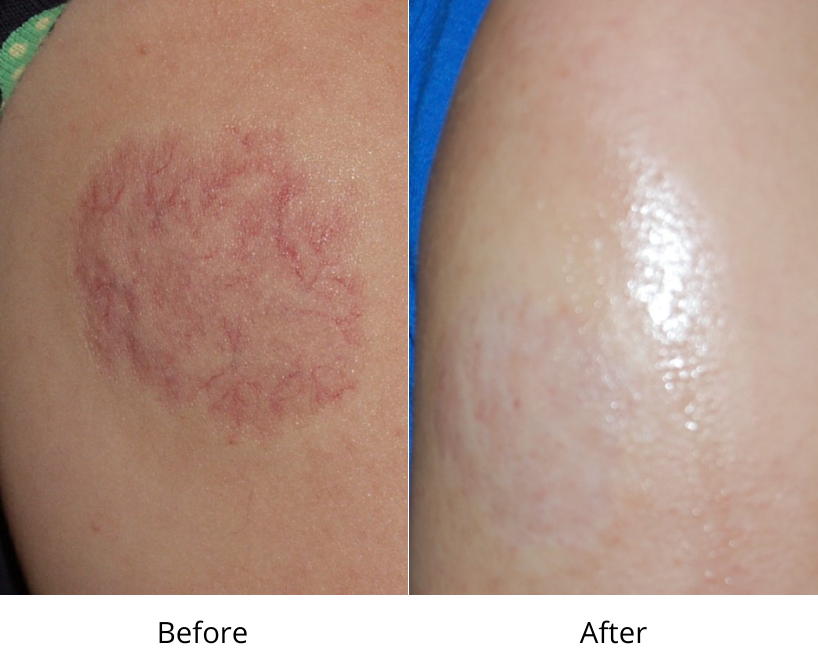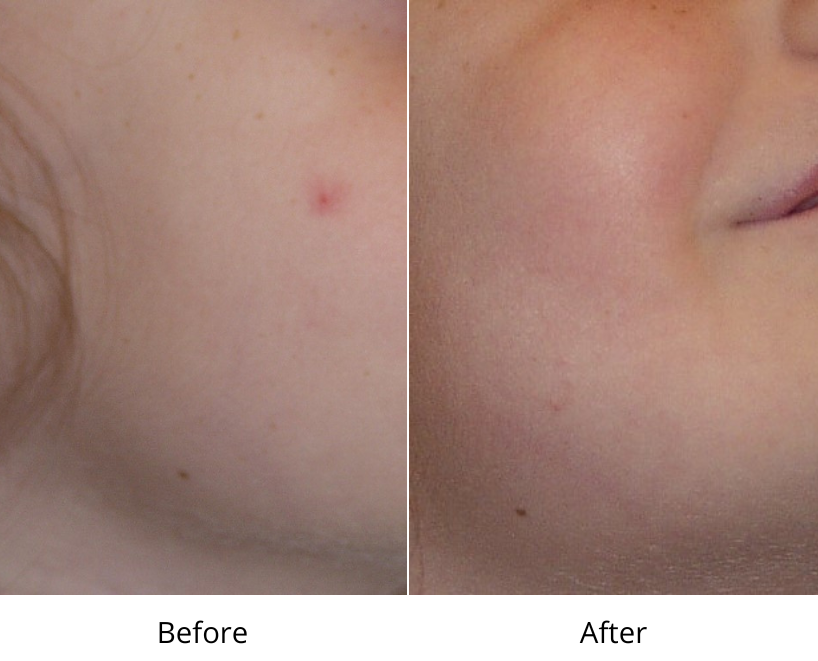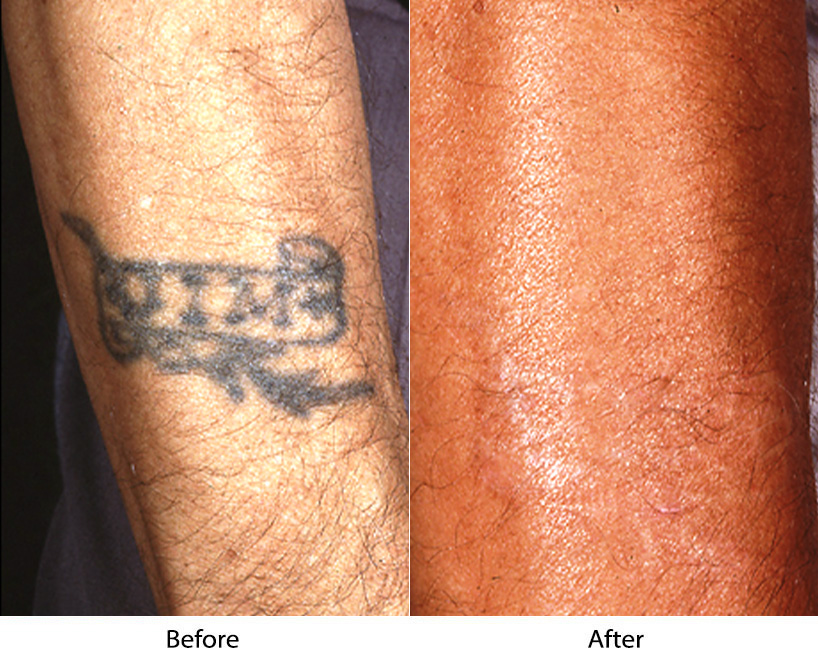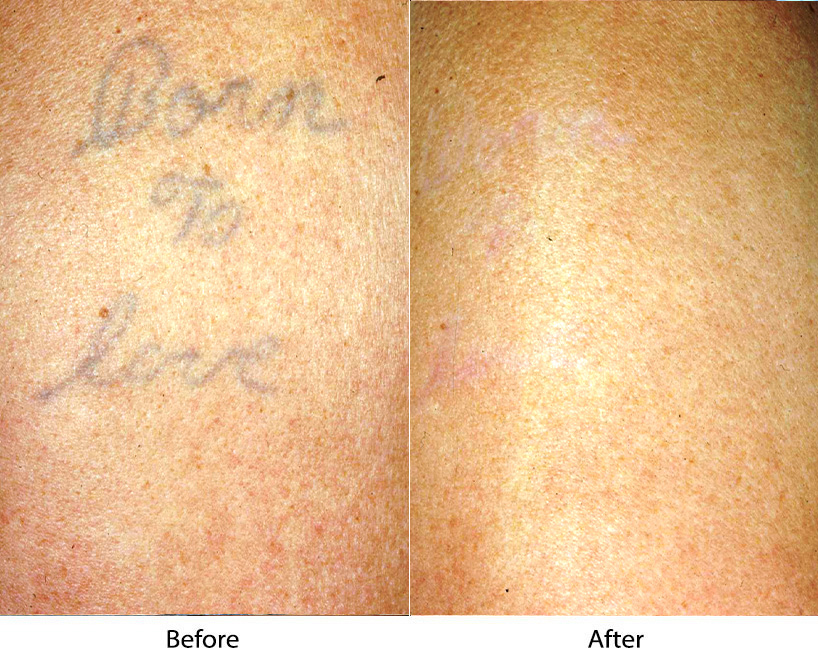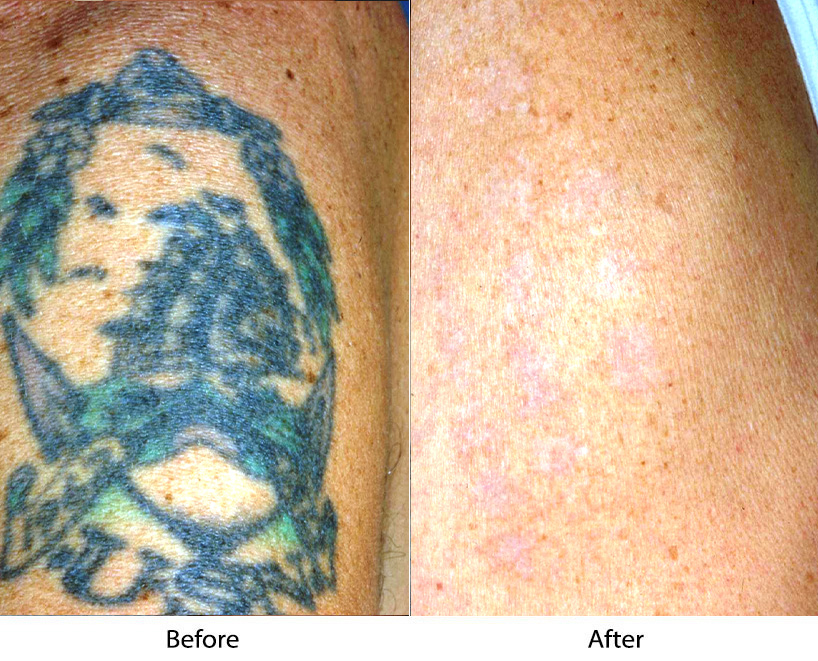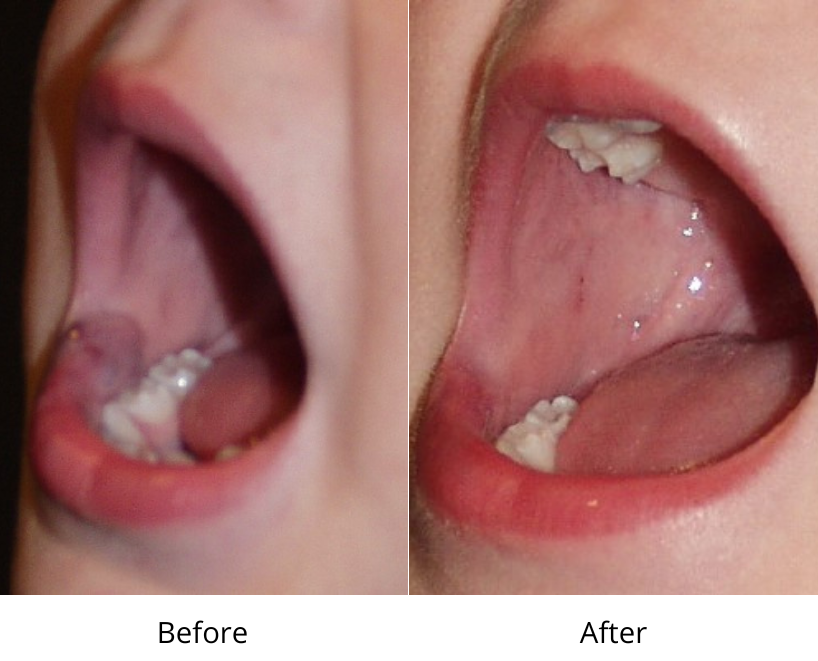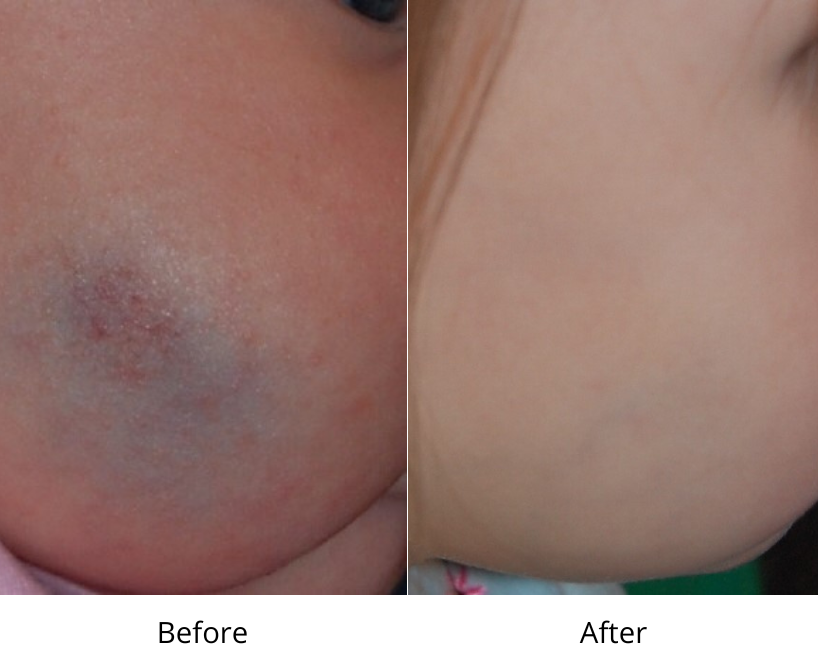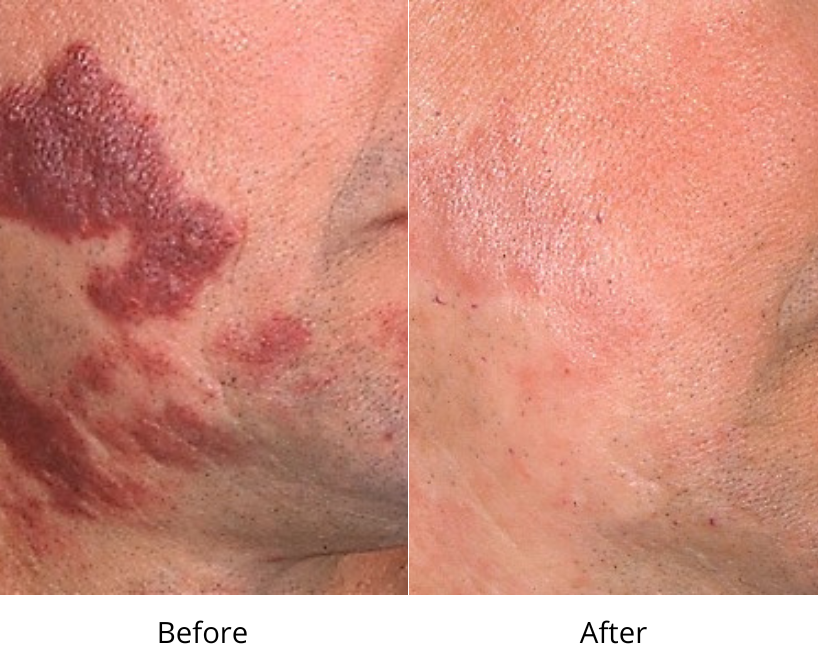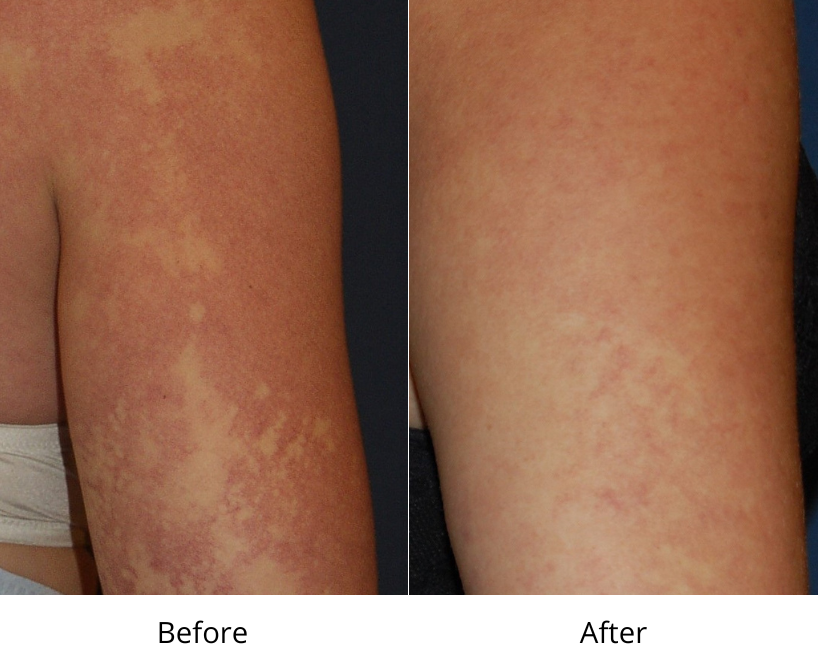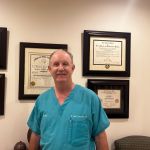Laser Aesthetics
Acne Vulgaris
Acne vulgaris is the medical term for non-cystic acne. It is the most common form of acne that we all remember from our teenage years. Cystic acne is a deep type of acne, it is less common and is not treatable with a laser but does respond well to a medication known as Accutane. Accutane has side effects and is prescribed by dermatologists. Acne vulgaris can be treated safely with the “SmoothBeam” laser. This laser targets the oil glands in the dermis of the skin which in turn leads to a cessation of acne. It is very effective and relatively pain-free. All lasers carry a risk of scarring and/or change in pigmentation but these risks are very rare. Most patients see significant improvement after one treatment but at times may need more than one treatment. The treatments can be done by my laser nurse who is ASLSM certified which keeps the treatments more affordable. See some of the before and after results below.
Cafe au lait
Café-au-lait spots are light to dark brown pigmented birthmarks that commonly appear on a newborn’s skin. It is estimated that around 10% of newborns have a café au lait spot. Spots can change in size and number over time. More than six café-au-lait spots can be a sign of an underlying genetic condition like neurofibromatosis, patients with 6 or more spots should seek medical evaluation before considering laser intervention. Fortunately the Q-switched Nd:YAG can usually significantly improve these benign lesions with one treatment. All lasers carry a risk of scarring and/or change in pigmentation but these risks are very rare. The treatment is done without anesthesia and can be done by my laser nurse who is ASLSM certified, which keeps the treatments more affordable. See photo below.
Cherry Angiomas
A cherry angioma is a noncancerous (benign) skin growth made up of blood vessels. There is no known cause but there may be a genetic component. The growths can appear anywhere on the body but grow most often on the chest, stomach, and back. They’re usually found on people aged 30 and older. Fortunately, they respond well to the pulsed dye laser. The treatments are very safe, but all lasers carry a risk of scarring and/or change in pigmentation but these risks are very rare. The treatment requires no anesthesia but may require more than one treatment. The treatment can be done by my laser nurse who is ASLSM certified, which keeps the treatment more affordable. See the photo below.
Lentigines (sun spots)
Lentigines are flat spots of increased pigmentation. They are usually tan, brown or dark brown and darker than freckles. Solar lentigines have oval to round shapes and vary in size. They usually appear on areas most exposed to the sun, such as the scalp, face, hands, arms, and upper trunk. Lentigines (also known as sunspots) are primarily caused by sun exposure. The sun’s UV radiation causes skin cells called melanocytes to produce more pigmentation in your skin. This is why people tan, burn, or freckle after spending time in the sun. Over the years, damage from UV radiation can cause pigmentation deposits in your skin. They can at times be cancerous and all patients should see a dermatologist if they have growing or changing brown spots. However, the benign lesions, which of course are the vast majority, can be easily and safely removed with the Q-switched Nd:YAG laser. All lasers carry a risk of scarring and/or change in pigmentation but these risks are very rare. The treatment requires no anesthesia. The treatment can be done by my laser nurse who is ASLSM certified, which keeps the treatment more affordable. See the examples below.
Nevus de Ota
Nevus de Ota is a condition marked by brown, blue, or gray patches, usually on the inside of the eye and on the skin near or around the eye. It may also affect the eyelid and mouth. It is caused by an increase in the number of cells called melanocytes in skin and eye tissue. Nevus of Ota is caused by the entrapment of melanocytes in the upper third of the dermis. It is found only on the face, most commonly only on one side. The white part of the eye is involved in two-thirds of cases, all patients should see an eye doctor to rule out glaucoma. They are considered benign, but all patients should initially see a dermatologist. They can be treated with the Q-switched Nd:YAG laser. All lasers carry a risk of scarring and/or change in pigmentation but these risks are very rare. The treatments must be done more than once since the target tissue is in the dermis. The treatment can be done by my laser nurse who is ASLSM certified, which keeps the treatment more affordable. See the example below.
Rhinophyma
Rhinophyma is a skin disorder that causes the nose to enlarge and become red, bumpy, and bulbous. The enlargement is due to sebaceous gland hyperplasia. Sebaceous glands are found in the dermis of the skin. The reason for this disfiguring condition has no clear causative trigger. The severe forms are more common in males and there may be a genetic predisposition. Treatment varies depending on the degree of the lesion. In general, anesthesia is required. For more minor cases an ablative CO2 laser may be all that is needed. For more advanced cases a combination of surgical excision and ablative CO2 laser treatment done at the same time is needed. All lasers carry a risk of scarring and/or change in pigmentation but these risks are very rare. See the photos below.
Rosacea
Rosacea is a long-term inflammatory skin condition that causes reddened skin and a rash, usually on the nose and cheeks. It may also cause eye problems. The symptoms of rash/reddened skin typically waxes and wanes and most patients have certain foods or conditions which can bring forth their rosacea. It is helpful for that patient to avoid the things that trigger rosacea. Since rosacea is a physiological problem, laser treatment cannot cure rosacea but it can get rid of the dilated blood vessels that can result. Treatment requires no anesthesia and is very safe, all lasers carry a risk of scarring and/or change in pigmentation but these risks are very rare. The treatment can be done by my laser nurse who is ASLSM certified, which keeps the treatment more affordable. See examples below.
Sebaceous Gland Hyperplasia
Sebaceous hyperplasia is caused by an overabundance of sebocytes. These are special cells that make up the sebaceous glands. The excess cells enlarge the sebaceous gland, making it grow several times larger than normal and therefore protrude from the skin. An evaluation must be done to ensure the lesion is not a basal cell carcinoma. It is usually found in people over 40 and is more common on the forehead and nose. They respond nicely to treatment with the Q-switched Nd:YAG laser. The treatment is safe, all lasers carry a risk of scarring and/or change in pigmentation but these risks are very rare. No anesthesia is required. The treatment can be done by my laser nurse who is ASLSM certified, which keeps the treatment more affordable. See the examples below.
Spider Angioma
A spider angioma is a small red to purple mark on your skin caused by dilated (wide) blood vessels (capillaries) near the surface of your skin. Spider angiomas are usually harmless, but if you have multiple marks on your skin, it could be a sign of liver disease and you should initially consult with your primary care MD. Fortunately, the vast majority simply appear and have no underlying causation and can be safely and effectively treated with the pulsed dye laser. The treatment is safe, all lasers carry a risk of scarring and/or change in pigmentation but these risks are very rare. Treatment requires no anesthesia. The treatment can be done by my laser nurse who is ASLSM certified, which keeps the treatment more affordable. See examples below.
tattoo removal
Tattoos are popular today but if you decide to have one removed it can be done, but it takes multiple treatments and certain colors are more difficult. Red and black tattoos are the easiest to remove. It is recommended the patient apply topical anesthesia before each treatment. The treatments are safe but there can be a permanent change in your pigmentation and/or scarring, both are not common. We use the Q-switched Nd:YAG with various hand pieces to target each color individually. The treatment can be done by my laser nurse who is ASLSM certified, which keeps the treatment more affordable. See examples below.
Venous Malformations
Venous malformations are a type of type of vascular malformation that results from veins that have developed abnormally, which stretch or enlarge over time. Larger lesions require excision in the operating room and/or interventional radiology. All are blueish is color and the can be of various sizes and depths. Smaller lesions can be successfully treated with the pulsed dye laser, at times with the help of the diode laser to provide intralesional ablation. All lasers carry a risk of scarring and/or change in pigmentation but these risks are very rare. If the latter laser is needed, the surgery is done under anesthesia. For small lesions done with the pulsed dye only, no anesthesia is necessary. Usually requires more than one treatment. The pulsed dye treatments can be done by my laser nurse who is ASLSM certified, which keeps the treatment more affordable. See the examples below.
Venular Malformations (port wine stain)
Venular malformations are flat (macular) when we are young and bumpy (papular) when we are older. They are due to abnormally innervated small veins (venules) in the dermis of the skin. They are always present at birth. They grow with the patient, occupying the same percentage of the skin as the patient grows. They should be treated when the patient is young, with a better chance if significantly improving the lesion. Depending on the location, size, and age of the patient, anesthesia may be necessary. Treatment is done with the pulsed dye laser. All lasers carry a risk of scarring and/or change in pigmentation but these risks are very rare. For small lesions in older patients, the laser treatments can be done by my laser nurse who is ASLSM certified, which keeps the treatment more affordable.
To learn more about the non-surgical procedures Dr. Freeman and his staff performs, you can request your consultation online to receive $25 off your consultation fee or call his office at (704) 543-1110.
To view more laser treatment Before and After photos – click here.

